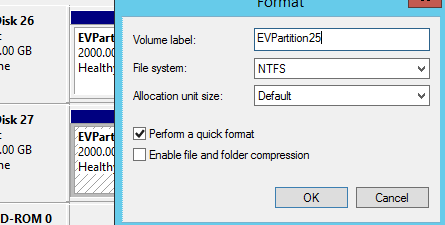Here is a quick step to add new domains to your internal relay on Exchange.
If you are not familiar with what internal relay means and what are its impact, you can head over to Microsoft technet and read more:- https://technet.microsoft.com/en-us/library/bb124423(v=exchg.150).aspx#Anchor_2

- open up the EMC console and under Organization Configuration >> Hub Transport >> Accepted domains, in the actions menu, select New Accepted domain
- Enter the display name, you can use a different name than the actual accepted domain or for me I prefer to keep it the same.
- Select internal relay domain and save.
Via powershell command:-
new-AcceptedDomain -Name ‘contoso.com’ -DomainName ‘testdomain.com’ -DomainType ‘InternalRelay’
4. To verify that the new accepted domain is working, I usually like to test by sending a test message and then see the results, you can do this via powershell as follows:-
Send-MailMessage -From noreply@newcontoso.com -To “administrator@contoso.com” -Subject “Test internal relay ” -Body “Test only. Do not reply” -SmtpServer “name of your hub server”
View the result from message tracking log:-
Get-MessageTrackingLog -ResultSize unlimited -Start “08/06/2018 9:00AM” -Recipients “administrator@contoso.com” -sender noreply@newcontoso.com -Server”name of your hub server”
This will help you to know immediately if something was wrong with your configuration and you can go back and follow the steps again.
![]()
![]()
![]()
![]()

![]()
